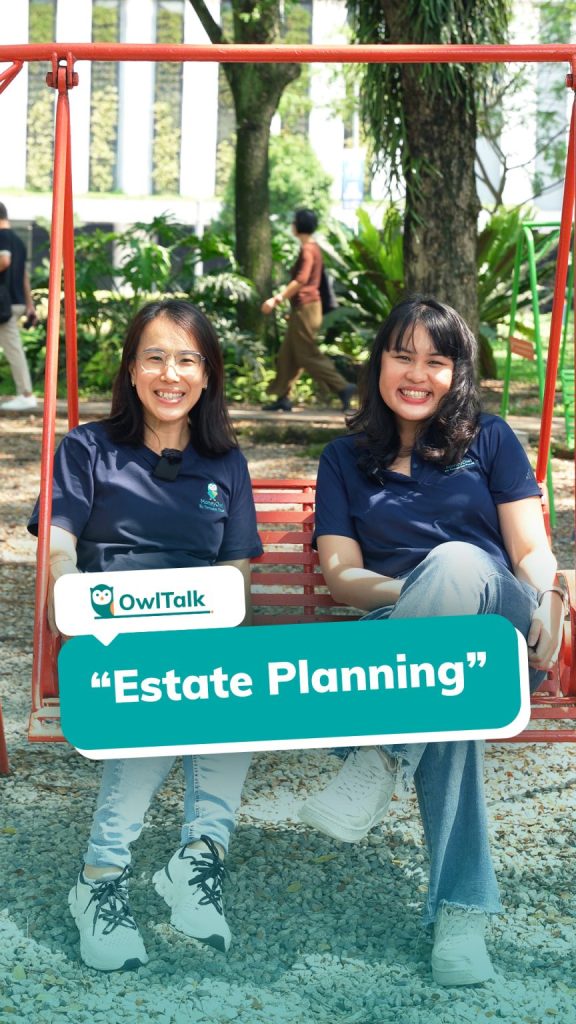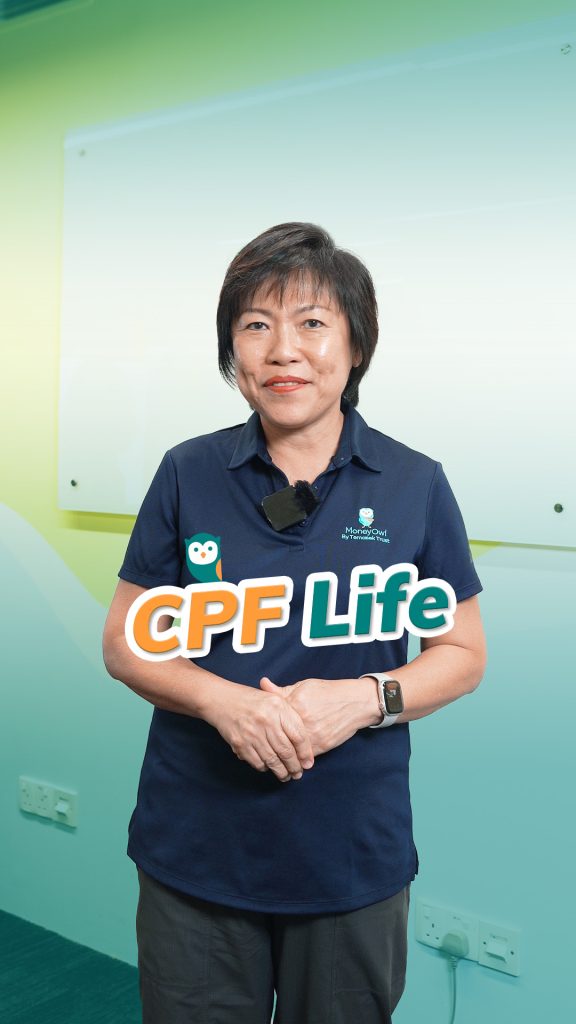Your Financial Advisor with a social mission
No Direct Selling
Holistic Advice
Product Guidance
MoneyOwl Personality
Bold or Wise? A Dreamer or a Practical Owl?
Take the quiz to find out!
Your Financial Advisor with a social mission
No Direct Selling
Holistic Advice
Product Guidance
MoneyOwl Personality
Bold or Wise? A Dreamer or a Practical Owl?
Take the quiz to find out!

Our Solutions
Leveraging our expertise, we've curated the best financial solutions tailored for individuals at every stage of life.

OwlChecklist
Plan your life journey with confidence. Navigate major milestones with practical tips tailored to every life stage.

OwlInvest
Explore MoneyOwl's approach to investing, showcasing tailored investment solutions and guidance on constructing your own portfolio.

OwlInsure
Discover our thoughtfully curated insurance packages tailored to meet the unique needs of various age groups. Whether you're seeking coverage for your newborn, just starting your career, or enjoying your retirement years, we have the right solution sets for you.

OwlRubrics
Simple strategies, systems and rules of thumb that help us manage money and make choices. Select the topic you want to start with and begin learning!

OwlStar
Our insurance product evaluation tool to help you navigate the complexities of insurance with confidence

OwlPhilosophies
Explore our collection of eBooks and guides on money matters - from general financial planning and retirement to insurance and investment.
Essential Tips to navigate major life
Investment Solutions for your goals
Insurance Solutions for your life stage
Breaking down life’s financial curiosities
First-of-its-kind insurance plan rating & commentary
Comprehensive guidance and principles

What's New?
Catch up on the latest financial tips and insights from the MoneyOwl Team

Plan Wiser with Our Financial Calculators
Want to plan for a home, build an emergency fund, or set savings goals?
Our calculators help you do the math, so you get clear answers for smarter financial decisions.

Financial Literacy
Through our Public Talks & Webinars and Corporate Programmes, MoneyOwl equips people at every life stage with practical, unbiased guidance to manage money wisely and confidently
Public Talks & Webinars
Gain practical tips and insights on key financial topics, including:

Personal Finance Management

CPF and Its Benefits

Insurance Essentials

Investment Strategies
MoneyOwl Corporate Programme
Equip your employees with financial confidence through tailored training. Programmes include:

Talks and Webinars

Structured Learning & Development Training by Life-stages






